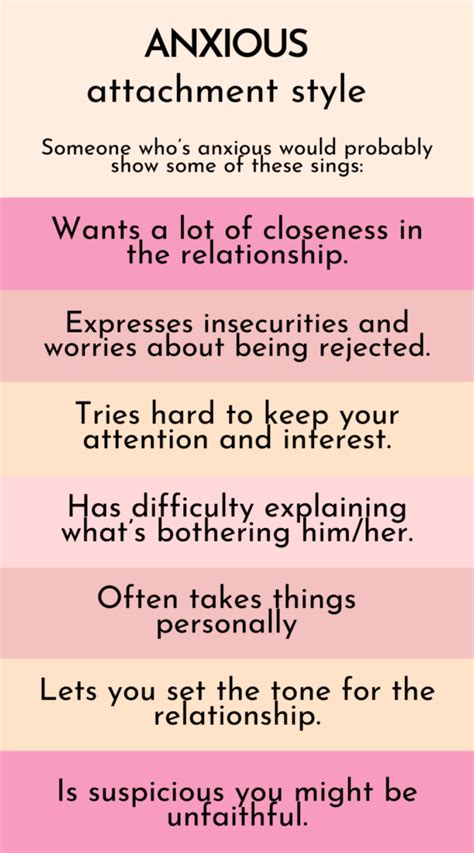How to Fix Anxious Attachment Style: A Guide to Secure Relationships
Anxious attachment style, characterized by a fear of abandonment and intense need for reassurance, can significantly impact relationships and overall well-being. Fortunately, it's not a fixed trait; understanding its roots and implementing specific strategies can lead to a more secure attachment style and healthier relationships. This guide provides actionable steps to help you navigate this journey.
Understanding Anxious Attachment
Before diving into solutions, it's crucial to understand the core of anxious attachment. It often stems from early childhood experiences, such as inconsistent parenting, emotional neglect, or trauma. This can lead to a belief that love is conditional and that one isn't inherently worthy of it. This manifests as:
- Fear of abandonment: A constant worry about being left alone or rejected.
- Need for reassurance: A persistent craving for validation and confirmation of love from partners.
- Clinginess: A tendency to become overly dependent on partners for emotional support and validation.
- Jealousy and possessiveness: A fear of losing the partner, leading to controlling behaviors.
- Low self-esteem: A negative self-image that fuels insecurity and dependence.
Steps to Healing Anxious Attachment
Addressing anxious attachment requires consistent effort and self-compassion. Here’s a structured approach:
1. Self-Reflection and Awareness
Understanding your triggers: Identifying situations or behaviors that trigger your anxious feelings is the first step. Journaling can be immensely helpful. Note down your feelings, thoughts, and the circumstances surrounding them.
Identifying negative thought patterns: Anxious attachment often involves negative self-talk and catastrophizing. Challenge these thoughts. Are they realistic? What evidence supports them? What alternative perspectives exist?
2. Building Self-Esteem
Focus on self-care: Prioritize activities that nurture your physical and emotional well-being. This includes regular exercise, healthy eating, sufficient sleep, and engaging in hobbies you enjoy.
Set boundaries: Learning to say "no" and establishing healthy boundaries is crucial. This protects your emotional space and prevents others from exploiting your need for approval.
Celebrate your achievements: Acknowledge and appreciate your accomplishments, no matter how small. This reinforces your sense of self-worth.
3. Seeking Professional Help
Therapy: A therapist specializing in attachment issues can provide tailored guidance and support. Cognitive Behavioral Therapy (CBT) and attachment-based therapy are particularly effective.
Support groups: Connecting with others who share similar experiences can foster a sense of community and reduce feelings of isolation.
4. Cultivating Secure Relationships
Choosing compatible partners: Seek partners who are emotionally available, empathetic, and respectful of boundaries.
Communicating openly and honestly: Express your needs and feelings without fear of judgment.
Learning healthy conflict resolution: Disagreements are inevitable. Learn to navigate conflict constructively, focusing on understanding each other's perspectives.
Practicing mindfulness: Mindfulness techniques can help manage anxiety by increasing self-awareness and emotional regulation.
Maintaining Progress
Healing anxious attachment is a journey, not a destination. Relapses are possible, but don't let them discourage you. Continue practicing self-compassion, seeking support when needed, and celebrating your progress along the way. Remember, building secure attachments takes time and dedication, but the rewards – healthier relationships and a stronger sense of self – are well worth the effort.
Keywords: anxious attachment, attachment style, insecure attachment, relationship anxiety, healing anxious attachment, secure attachment, self-esteem, self-care, therapy, mental health, relationship advice, emotional regulation, communication, boundaries.
